This post contains affiliate links. Click here to read my affiliate policy.
Last Updated on December 8, 2023
There is an especially common question that chefs face all the time, how many ounces in a cup? Now, if the answer was only one number, our lives would’ve been easier, but it isn’t.
And to save you from confusion and mid-cooking calculation breaks, I’ll answer your question in detail. So, without further ado, let’s jump in!
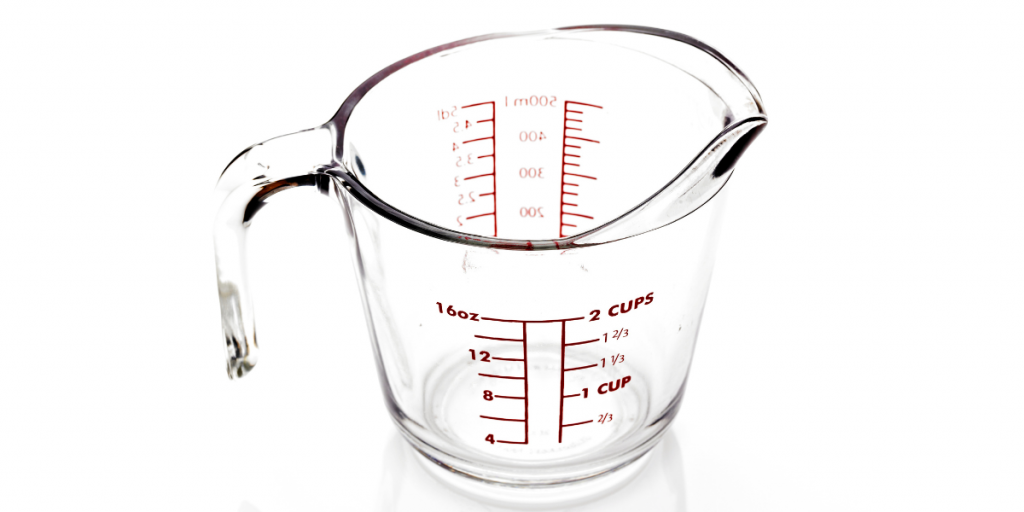
Short Answer
A normal measuring cup holds eight fluid ounces in the United States and ten fluid ounces in the United Kingdom. This difference is a result of the former following the Imperial System and the latter following the Metric System.
However, there’s more to the answer than these two simple numbers. For instance, liquid and dry ingredients have different measuring units. To get more details, keep on reading!
What Is the Difference Between Fluid and Dry Ounces?

Before jumping to the numbers part, you should first know the difference between fluid and dry ounces. This way, you won’t be confused when you see an online recipe with both types.
The main reason for the confusion in calculating ingredients is the difference between liquids and solids. Solids are measured by weight, while liquids are measured by volume. So, for instance, an ounce of water isn’t the same as an ounce of chocolate chips (check out my favorite paleo chocolate chip cookie recipe).
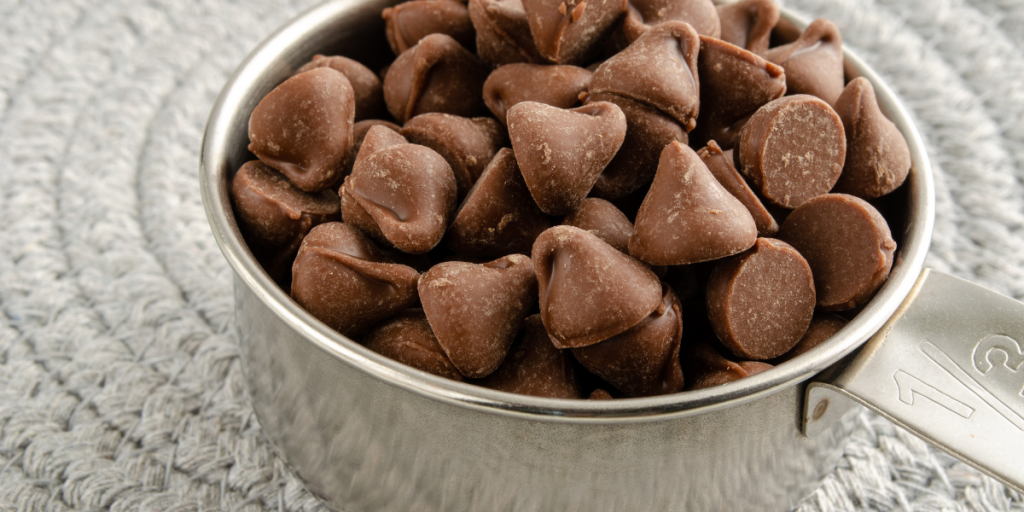
For starters, a dry ounce is a unit that’s limited to measuring small dry weights. Chefs often use it to measure sugar, flour, salt, nuts, and the like. Measuring a dry ounce requires a granulated measuring cup, which is often sold in sets and has numbered lines. Many people also resort to using scales, which lessens the confusion between dry and liquid ounces.
A dry ounce is often abbreviated as ‘oz.’
Meanwhile, fluid ounces are used with liquid ingredients, and they indicate volume, not weight. They’re often referred to as ‘fl oz.’ You can use them to measure milk, cooking oil, water, and the like. Liquid ounces are often measured with liquid measuring cups.
How Many Fluid Ounces Are in a Liquid Measuring Cup?
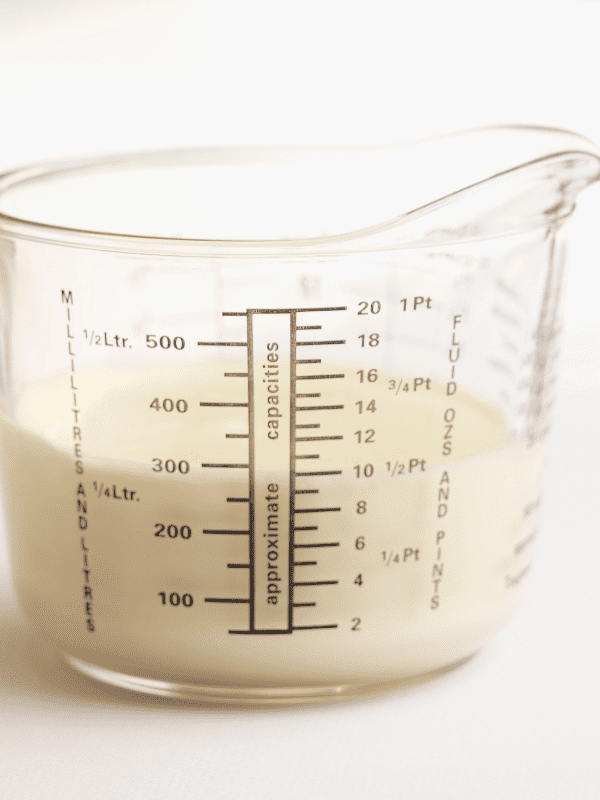
A liquid measuring cup contains eight fluid ounces. So naturally, this means that half a cup contains four fluid ounces and a quarter cup contains two fluid ounces. You can use these three numbers as a rule when it comes to liquid measurements.
It’s worth mentioning that some cups aren’t accurate, so the number might differ slightly from one cup to another. While this difference won’t be a problem for people who cook for their families, it might be a huge inconvenience for world-class chefs. If you’re one, you should standardize one cup and use it for all of your measurements.
How Many Dry Ounces Are in a Dry Measuring Cup?
Due to the difference between liquid and dry ingredients, a dry ounce isn’t equal to a fluid ounce. And since dry ounces depend on weight, there aren’t specific numbers that you should stick to like with fluid ounces. Instead, the number will vary depending on the ingredient.
For example, a dry measuring cup of flour equals nearly four and a half ounces, while a cup of popcorn equals only three ounces.
Since the numbers here are confusing, I recommend you use a scale instead of dry measuring cups to measure dry ingredients. A dry ounce equals 28.35 grams, so you can weigh your ingredients and convert the number.
How to Measure Ounces
You can use many objects to measure ounces, and I’ll give you a brief roundup of them.
Liquid Measuring Cups
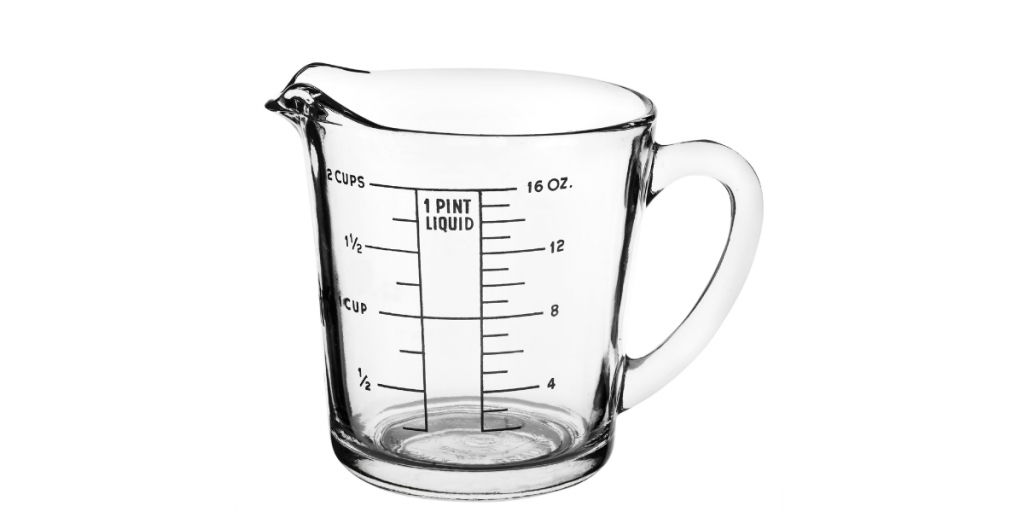
Liquid measuring cups are often made from glass or plastic and are always clear with drawn numbered lines. Some cups measure millimeters, some measure pints, and some measure ounces. Before purchasing a set, you should settle on a measurement unit you’re familiar with and know how to use.
As a rule of thumb, you should limit the use of such cups to liquid ingredients.
Granulated Measuring Cups
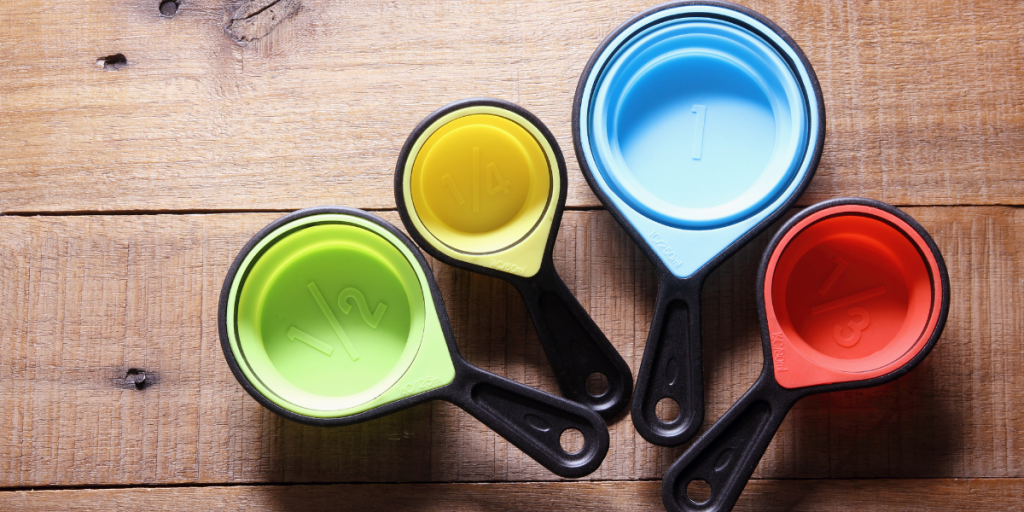
Granulated measuring cups are made from various materials, like glass, plastic, stainless steel, etc. You can use them to measure dry and liquid ingredients, and people commonly use them for measuring flour. If you plan on doing the same, here’s a tip for more accuracy.
After you fill it with flour, use a spoon or a butter knife to scrape the top of the cup. This way, the flour will look even on the surface of the cup, and your measurements will be more accurate. Also, you should always sieve flour before weighing or measuring it.
Scales
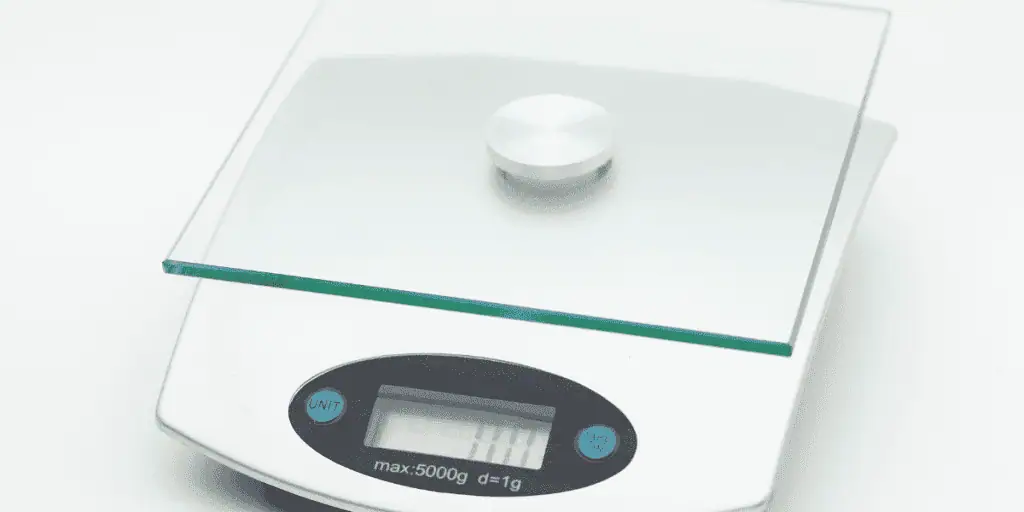
While scales can’t measure ounces directly, they can measure grams, which you can easily convert into ounces. Doing so will guarantee you more accurate measurements during cooking, thus fewer mishaps. However, this trick is limited to dry ounces only.
Measuring Spoons
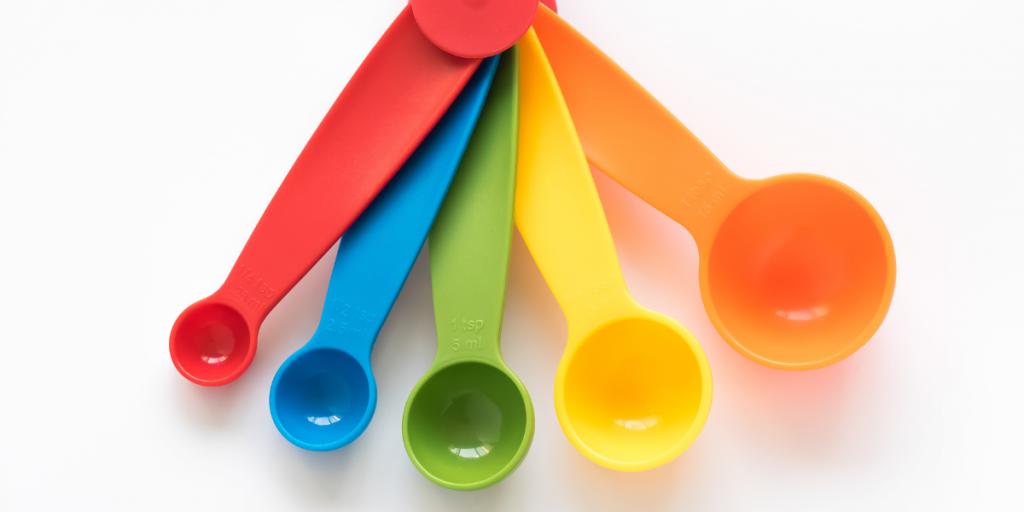
Measuring spoons are helpful when it comes to small ingredients, like spices, tomato paste, baking powder, vanilla, and the like. They’re often divided into a tablespoon, teaspoon, half a teaspoon, and quarter a teaspoon. You can measure half an ounce using one tablespoon or three teaspoons.
Different Measurement Systems
Almost everybody is familiar with the confusion between different measurement systems. While most countries use the Metric System, which includes meters and grams, some still use the Imperial System, which includes inches and feet.
Unfortunately for chefs, ounces are present in both systems, but they don’t hold the same value. For example, while a cup holds eight fluid ounces in the United States, it holds ten ounces in Canada, Australia, and the United Kingdom.
So, if you’re American but like British recipes or vice versa, you’ll need to do some math before cooking.
Tips and Tricks
If you plan on using a cup to measure ounces, I have a few tips and tricks for you.
First, when working with dry ingredients, put the measuring cup on the scale before filling it. Then, turn the scale on and make sure it shows a zero balance. Next, pour your ingredients into the cup without removing it from the scale.
Doing so will give you a more accurate measurement as the scale won’t weigh the cup. Instead, it’ll only weigh the ingredients.
Second, if you work a lot with liquid measurements, purchase cups with spouts. They make pouring fluids much easier and guarantee less mess and accidental spills in your kitchen.
On the other hand, you should ideally use cups with no spouts for dry ingredients. This is because leveling the ingredients with the cup’s brim is much easier when it doesn’t have a spout.
My last trick is that you should use an online tool for converting cups to ounces if you aren’t good enough at math. There’s no denying that converting measurement units can be confusing. But, when it comes to cooking, any mistake in conversions can lead to an unedible plate, especially when it comes to baking recipes.
So save yourself the hassle and let the internet do its magic.
Frequently Asked Questions
Are Scales or Measuring Cups Better for Cooking?
I always recommend using scales for cooking because they’re more accurate, and you can use them for dry and liquid ingredients. However, remember that you’ll need to convert grams into your preferred measurement unit every time you use it.
Is a Measuring Spoon or Cup Better for Cooking?
Technically, you need both to cook since you can’t measure small ingredients using a cup. However, if you don’t have enough space in your kitchen for both of them, you can settle for measuring spoons since they’re accurate for both liquid and dry measurements.
How Many Ounces Are in a Liter?
In the United States, one liter equals 33.814 fluid ounces. Meanwhile, one liter equals 35.195 fluid ounces in the United Kingdom. Knowing these numbers is beneficial if you have measuring cups that only measure millimeters or liters.
How Many Ounces Are in a Pint?
In the United States, a pint equals 16 fluid ounces or 29.574 millimeters. Meanwhile, it equals 20 fluid ounces or 28.413 millimeters in the United Kingdom.
Which Countries Still Use the Imperial System of Measurement to This Day?
The United States, Liberia, and Myanmar are the only three countries in the world that follow the Imperial System of Measurement today. However, there are a few exceptions in the United States, as some scientists use the Metric System of Measurement in specific cases.
To Wrap Up
Cooking ingredients can be confusing to measure, especially considering the different measurement systems that the world uses. If you want to know how many ounces are in a cup, let me simplify it.
A cup equals eight fluid ounces in the United Stated and ten fluid ounces in the United Kingdom. As for dry ingredients, you can weigh them using a scale and then convert grams to ounces. This is easier because the number of solid ounces in a cup depends entirely on the density of the ingredient you’re using.
Now that you know the answer to the ever-famous question, how many ounces in a cup, you can cook a delicious meal with accurate ingredients.

